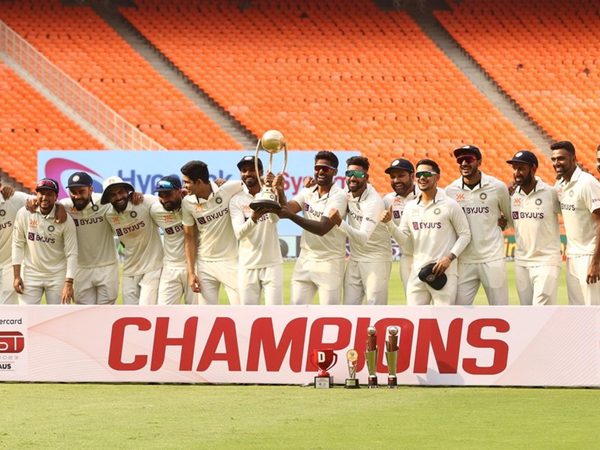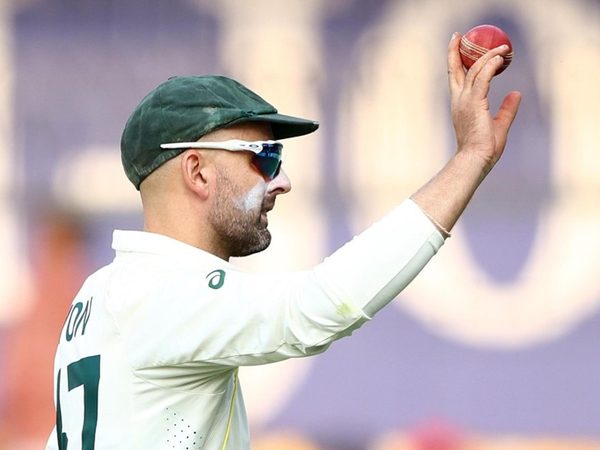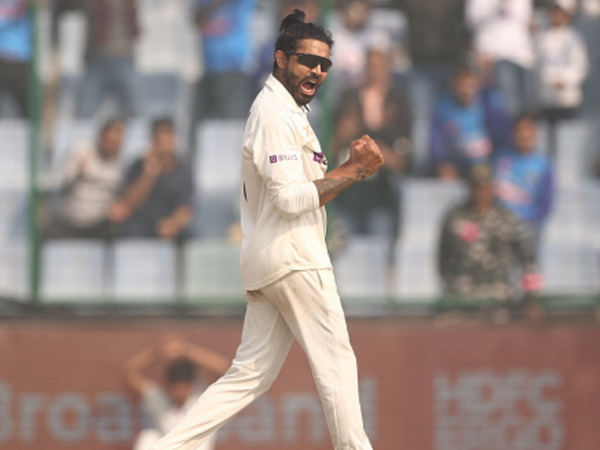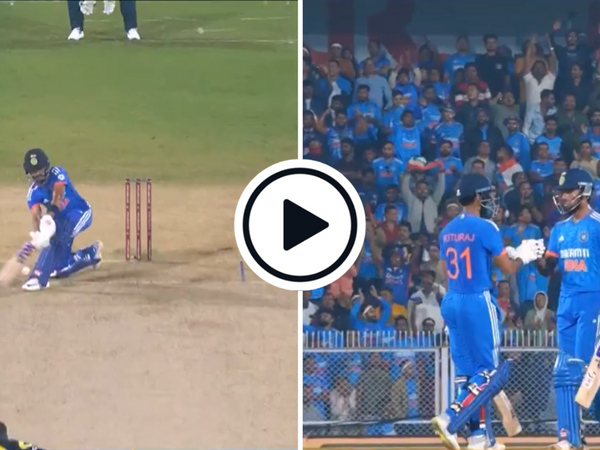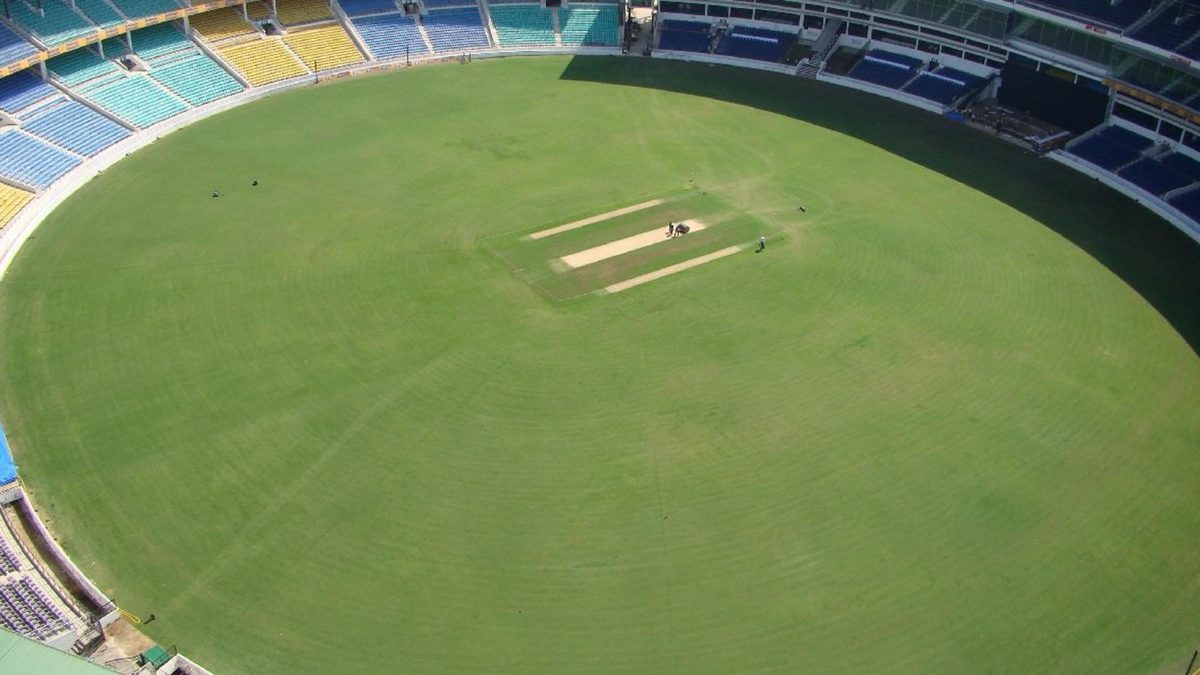
The pitch was the centre of attention ahead of the Nagpur Test match. As things turned out, it was little more than guesswork, argues Shashwat Kumar, who was present at the venue.
The pitch, because it forms a vital part of cricket, often comes under scrutiny. Sometimes that happens even before a ball is bowled in a game and both players have had the chance to test themselves in those conditions. It was not dissimilar in the build-up to this game, with several media outlets reporting a variety of things.
Some accused the curators of ‘doctoring’ the pitch, for a particular patch was left bare while the grass remained on other stretches, drawing speculations regarding whether the curators were working under specific instructions from the Indian team management.
It became pertinent because the area in question was just outside the left-handed batter’s off-stump, and had Travis Head played instead of Peter Handscomb, five of Australia’s top seven would have been batters of that variety. India, with Axar Patel, Ravindra Jadeja and R Ashwin in their ranks, had the resources to exploit it.
It was ironic that Axar and Jadeja, both left-handed batters, stitched together the highest partnership of the game, applying themselves instead of than getting overawed by perception. That they batted significant time against two off-spinners merely indicated how the media, pundits and past players, at times, get too drawn into how the surface looks, rather than evaluating what the players are doing on it.
It is not the first time this has happened either. Back in 2016/17, when Australia last toured India for a Test series, the track in Ranchi came in for a lot of scrutiny. There were similar allegations of the pitch being ‘doctored’. As fate would have it, that pitch produced the only drawn game in that series – only 25 wickets fell – and was largely relished by the batters.
When India toured England in 2014, there was an uproar around the Lord’s surface. Laden with grass, it felt that it was created specifically for England to dominate with their band of swing and seam bowlers. By the time the game ended, Jadeja was bowling into the rough outside off stump, like he would do in the subcontinent; MS Dhoni was not standing up to the stumps to him because the ball was biting off the surface so viciously; and Ishant Sharma was bouncing out batters.
Thus, there is enough of a case that looks, especially in this scenario, can be deceiving. Of course, there are certain signs that point towards how a pitch would play but forming prejudices, even before the players have had a chance to show what they can do, feels a little broken.
That was what happened at Nagpur, especially in the build-up. Had you read what was being reported, you would have thought the game would end inside a day. The pitch has deteriorated – any surface does – but nowhere near how parts of the media had predicted it to. Part of Australia’s post-lunch capitulation on the third day can be attributed to lack of application and footwork. They looked out of sorts, and seemed to want to be anywhere but at the VCA Stadium in Nagpur.
Test cricket is revered because, among other reasons, it throws cricketers into difficult, unexpected situations, but provides them ample time to either respond resoundingly or crack under pressure. Take the variety away and the spectacle would be reduced considerably.
Discussions around the pitch also took away the sheen off players who actually adapted to tackle tough conditions. Jadeja was outstanding on his return. Rohit Sharma, in his first Test match since March 2022, played one of his best knocks on home soil. Todd Murphy, who had not even bowling off-spin until about 2016, took a seven-wicket haul on debut. Ashwin bagged his first five-for in Test cricket since March 2021. And Steve Smith seldom looked flustered.
This Test match belongs to their performances. Keep harping about the pitch, and you will move away from the stars, the cricket that happened. Forming opinions even before a ball has been bowled is little more than guesswork anyway.

